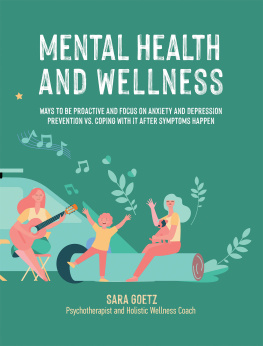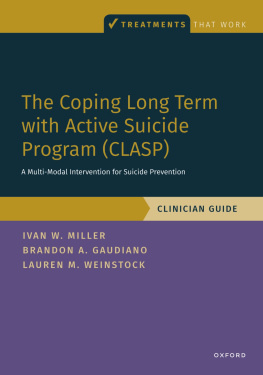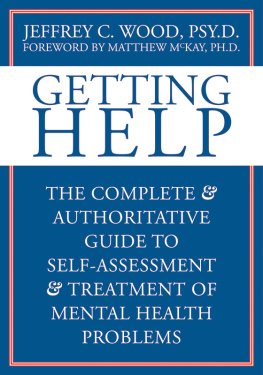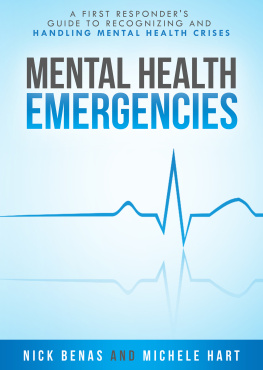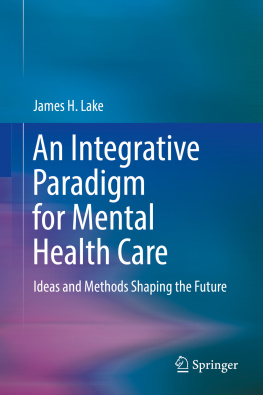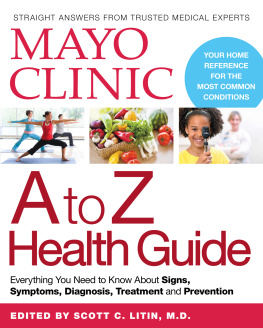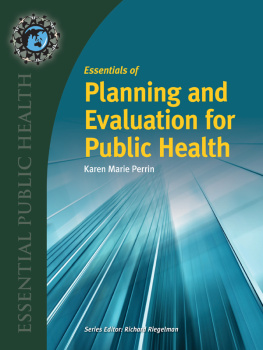Robert K. Conyne - Prevention Program Development and Evaluation: An Incidence Reduction, Culturally Relevant Approach
Here you can read online Robert K. Conyne - Prevention Program Development and Evaluation: An Incidence Reduction, Culturally Relevant Approach full text of the book (entire story) in english for free. Download pdf and epub, get meaning, cover and reviews about this ebook. year: 2009, publisher: SAGE Publications, genre: Home and family. Description of the work, (preface) as well as reviews are available. Best literature library LitArk.com created for fans of good reading and offers a wide selection of genres:
Romance novel
Science fiction
Adventure
Detective
Science
History
Home and family
Prose
Art
Politics
Computer
Non-fiction
Religion
Business
Children
Humor
Choose a favorite category and find really read worthwhile books. Enjoy immersion in the world of imagination, feel the emotions of the characters or learn something new for yourself, make an fascinating discovery.

- Book:Prevention Program Development and Evaluation: An Incidence Reduction, Culturally Relevant Approach
- Author:
- Publisher:SAGE Publications
- Genre:
- Year:2009
- Rating:5 / 5
- Favourites:Add to favourites
- Your mark:
Prevention Program Development and Evaluation: An Incidence Reduction, Culturally Relevant Approach: summary, description and annotation
We offer to read an annotation, description, summary or preface (depends on what the author of the book "Prevention Program Development and Evaluation: An Incidence Reduction, Culturally Relevant Approach" wrote himself). If you haven't found the necessary information about the book — write in the comments, we will try to find it.
The use of seatbelts, the requirements for smoke detectors, and other kinds of public health interventions have been highly successful in reducing disability, injuries, and premature mortality. Prevention in mental health identifying and treating mental illnesses before they become full blown syndromes or identifying people at risk for a conditionis just as critical to public mental health. This research-based resource gives practitioners a nuts-and-bolts guide to designing and evaluating prevention programs in mental health that are culturally relevant and aimed at reducing the number of new problems that occur.
Key Features
- Employs a 10-step prevention program development and evaluation model that emphasizes the concepts of community, collaboration, and cultural relevance
- Offers a brief, practical, how-to approach that is based on rigorous research
- Identifies specific prevention program development and evaluation steps
- Highlights examples of everyday prevention practices as well as concrete prevention programs that have proven, effective implementation
- Promotes hands-on learning with practical exercises, instructive figures, and a comprehensive reference list
Intended Audience
Written in a straightforward and accessible style, Prevention Program Development and Evaluation can be used as a core text in undergraduate courses devoted to prevention or in graduate programs aimed at practice issues. Current practitioners or policymakers interested in designing prevention programs will find this book to be an affable guide.
Robert K. Conyne: author's other books
Who wrote Prevention Program Development and Evaluation: An Incidence Reduction, Culturally Relevant Approach? Find out the surname, the name of the author of the book and a list of all author's works by series.

